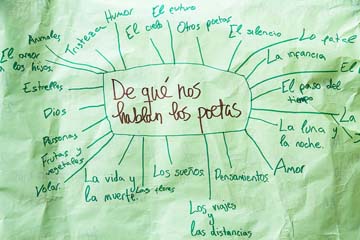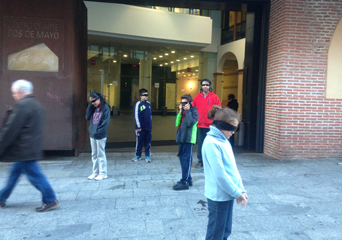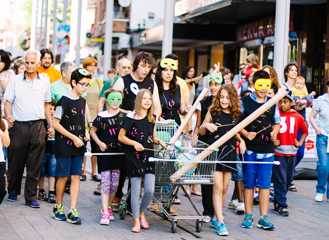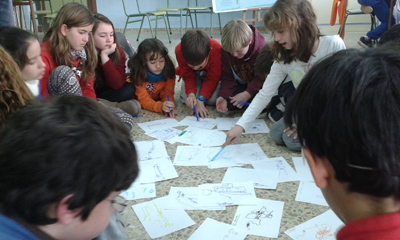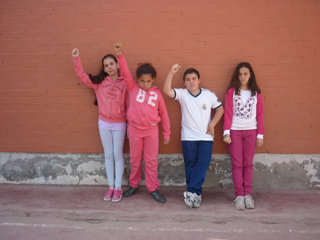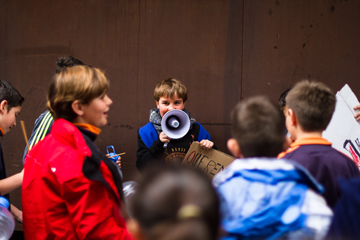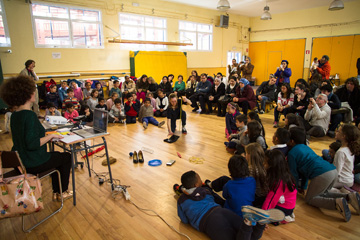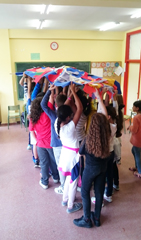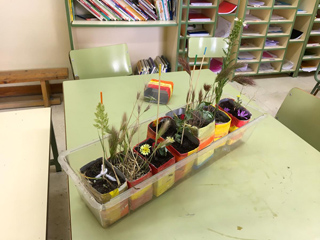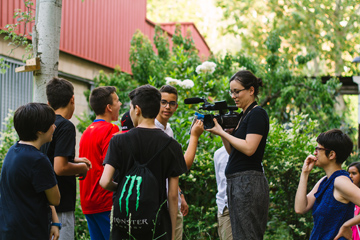Throughout this academic year we have developed a new, long-term line of work with two schools in the periphery of Madrid. In the face of the gradual disappearance of art education from the school curriculum, we posited the idea of a residency project, based on the work of an artist in a primary school during school timetable, and in all the possibilities such an initiative would generate. The artists are Pilar Álvarez and Alejandro Simón, and the schools are Beato Simón de Rojas in Móstoles and Trabenco in Leganés, respectively. In parallel to the project, under the guidance of Aida Sánchez de Serdio, Mercedes Álvarez has produced a research project on the possibilities of the work model developed by the Center's educational team with artists and teachers.
On the 25th of June we will hold a work session with all parties involved in the project, in order to share the experience.
Throughout this academic year we have developed a new, long-term line of work with two schools in the periphery of Madrid. In the face of the gradual disappearance of art education from the school curriculum, we posited the idea of a residency project, based on the work of an artist in a primary school during school timetable, and in all the possibilities such an initiative would generate.
